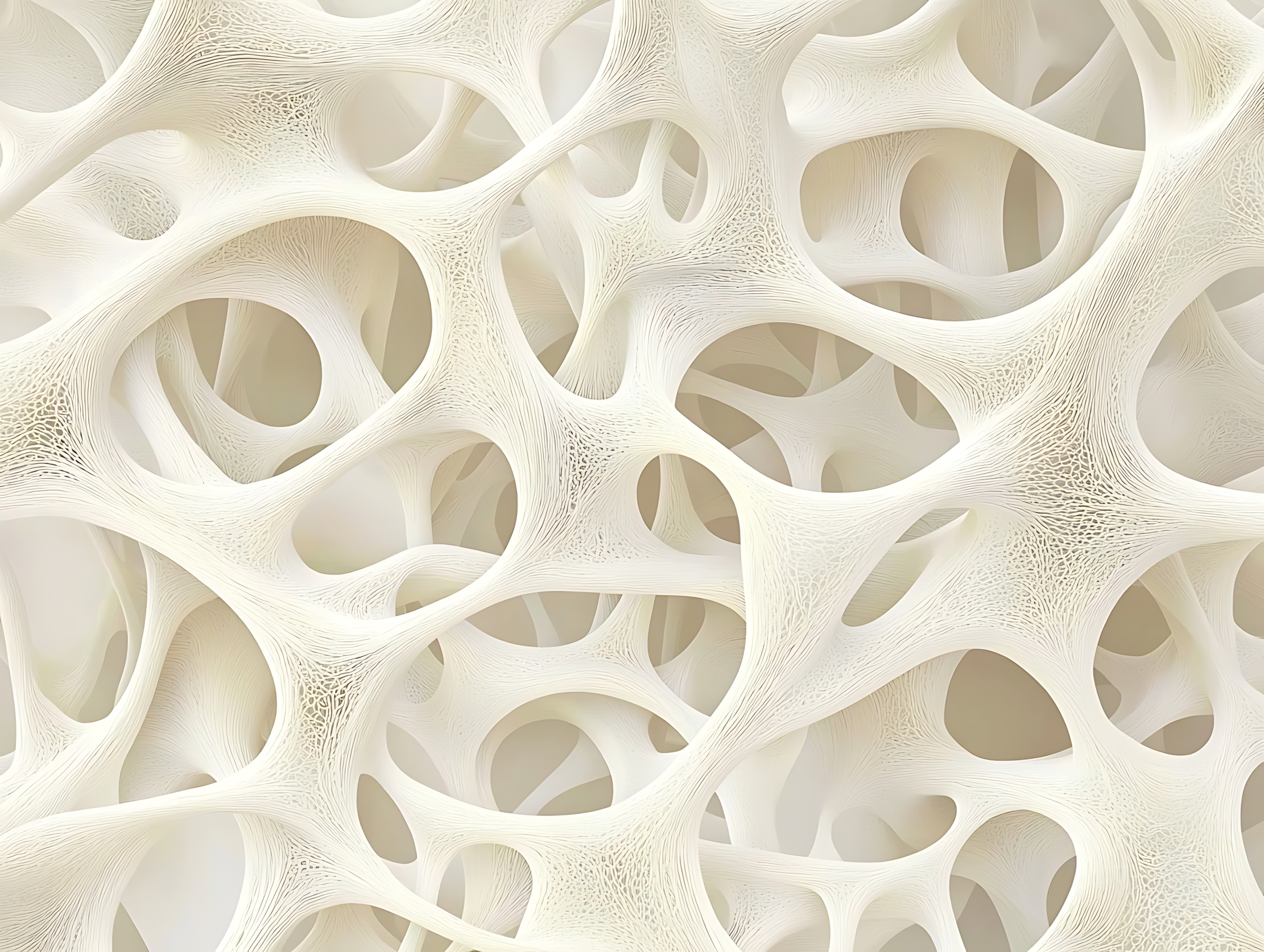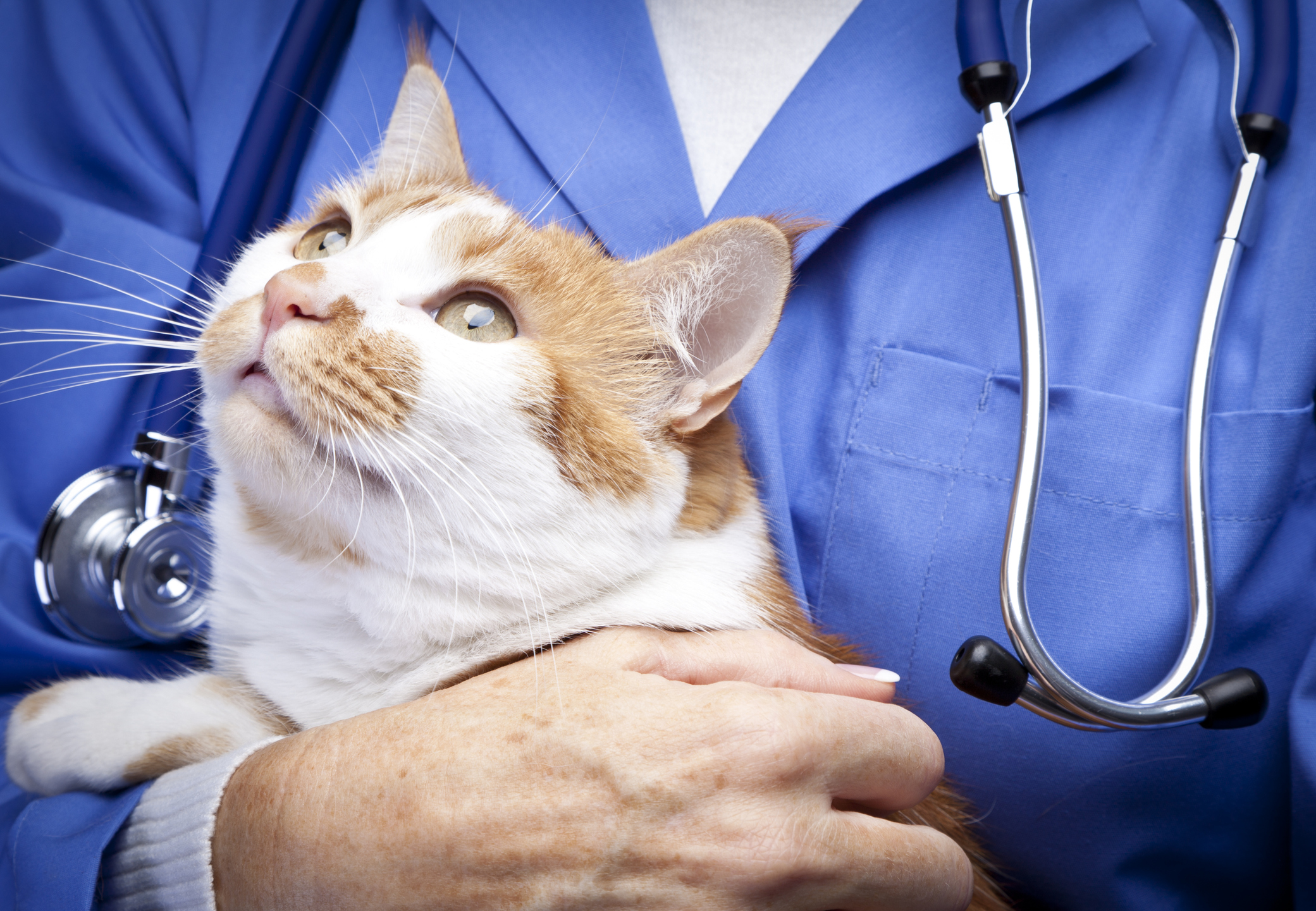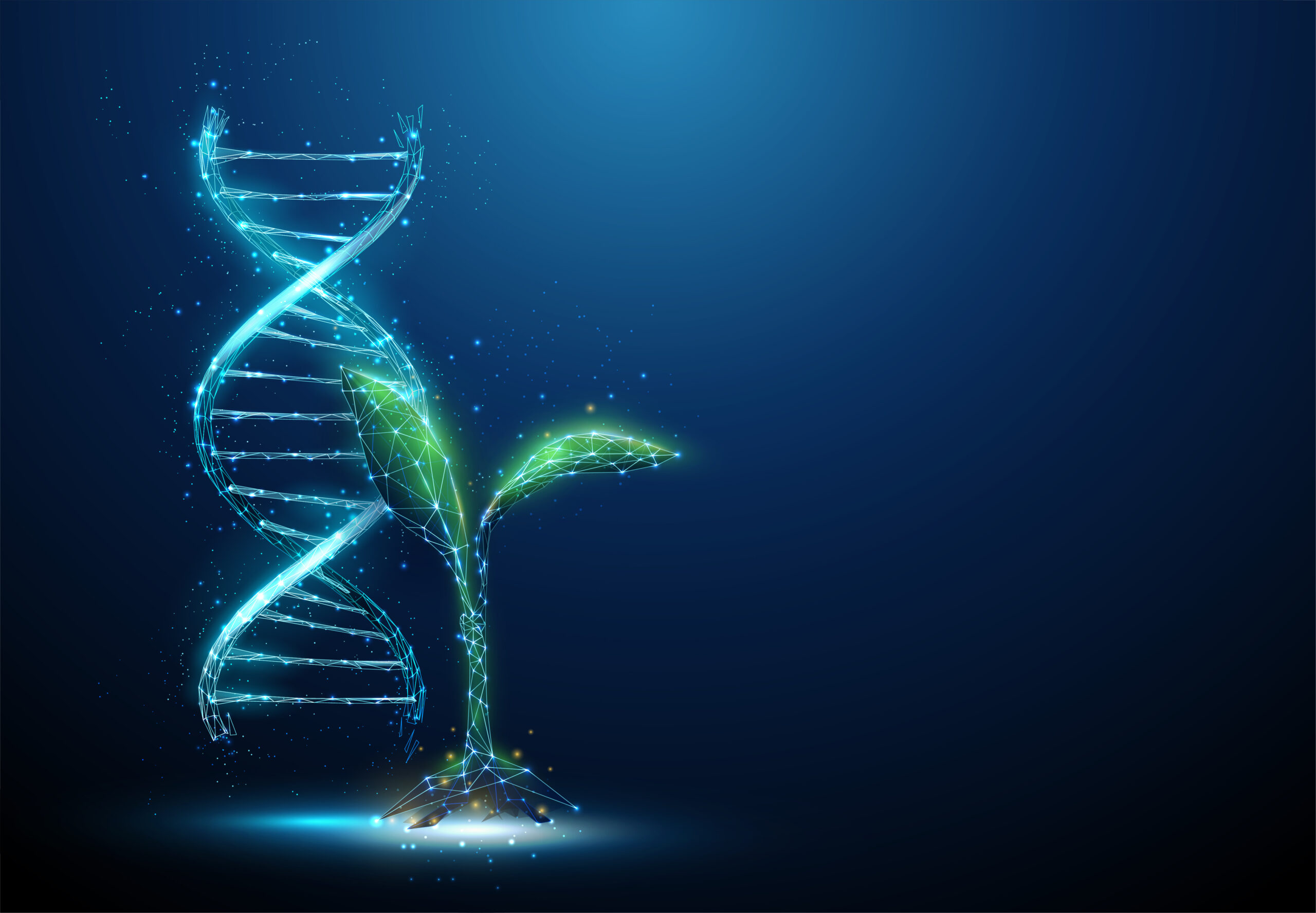Probing the Link Between Perinatal Nutrition and Puberty in Cattle – Dr Gary Williams and Dr Rodolfo Cardoso, Texas A&M University
Original Article Reference
https://doi.org/10.33548/SCIENTIA340
Share Episode
About this episode
This work is licensed under a Creative Commons Attribution 4.0 International License. 
What does this mean?
Share: You can copy and redistribute the material in any medium
or format
Adapt: You can change, and build upon the material for any
purpose, even commercially.
Credit: You must give appropriate credit, provide a link to the
license, and indicate if changes were made.
Related episodes
Dr. Jacqueline Tabler | The Self-Organizing Bone Wave Underlying Skull Growth
We typically take our skulls for granted, beyond their basic function in keeping our brain safe and sound within our head. When you look in the mirror, the shape of your skull, which forms the very structure beneath your face, is something you may not have considered in much detail. However, the story of how your skull came to be, and how bone spread across your embryonic head in perfect symmetry to form a complete and protective dome over your brain, is a marvel of biology that scientists are only just beginning to understand. In a new study led by Dr. Jacqueline Tabler at the Max Planck Institute for Molecular Cell Biology and Genetics, researchers have uncovered a surprising and elegant mechanism behind how skull bones grow that is different to how we typically think of cell movement and migration in the body. Published in the open-access journal Nature Communications, this latest research rewrites what we thought we knew about cell movement, tissue development, and the mechanics of morphogenesis, the process through which an organism takes shape.
Dr Malgorzata Trela – Dr Sophie Rutschmann | From Classroom to Conference: How a New Teaching Model Lets Students Step Inside the Scientific Community
When you imagine a scientific conference, you may picture rows of poster boards, bustling coffee breaks, and seasoned researchers discussing the latest data and research approaches. It can feel like a world reserved for insiders. Yet a recent study led by Dr Malgorzata Trela and Dr Sophie Rutschmann at Imperial College London argues that this lively professional gathering is precisely where tomorrow’s scientists ought to cut their teeth. Their paper, “Immunology in Practice: a modular framework to support Master of Science students’ conference attendance and engagement,” describes an educational project that turns a four-day professional congress into the beating heart of a master’s-level module, and in doing so, reshapes how students learn, network and even see themselves.
Ren Kimura | Listening to Our Cats’ Kidneys: How a Handful of Mirror-Image Molecules Could Reveal Feline Health
Amino acids are a fundamental building block for fur, muscle, and every other living tissue on Earth. These molecules come in “left-handed” (L) and “right-handed” (D) forms, a bit like gloves that fit different hands or mirror images. Life largely runs on the left-handed set, so biologists once assumed the right-handed versions were irrelevant. Yet nature quietly manufactures these D-amino acids and they can play a role in certain biological processes. In research led by Japanese analytical chemist Ren Kimura of the R&D-Analytical Science Research department of the Kao Corporation, Japan, researchers reveal that these overlooked molecules may offer an early-warning beacon for one of the most common and deadly ailments in cats, chronic kidney disease (or CKD for short), and they may even have potential in diagnosing human conditions.
Dr. Jon Reinders | A genetic breakthrough for farming: editing corn inside the plant, not the lab
Corn is a cornerstone of modern agricultural food production, particularly in North America. Humans have selectively bred such crops over generations to create better yields, improved appearance and flavor and enhanced disease resistance. However, what if we could skip these arduous rounds of selective breeding and improve a crop’s stability and reliability regardless? Deep within the genetic blueprint of every maize kernel, scientists are aiming to achieve just this. In a recent groundbreaking study, Dr. Jon Reinders of Corteva Agriscience and his colleagues have unveiled a powerful new way to create genetically improved corn, not in a lab dish, but inside the plant itself. This new method is faster, cleaner, safer, and could transform how we grow our most essential crops.
Increase the impact of your research
• Good science communication encourages everyday people to be scientifically literate so that they can analyse the integrity and legitimacy of information.
• Good science communication encourages people into STEM-related fields of study and employment.
• Good public science communication fosters a community around research that includes both members of the public, policymakers and scientists.
• In a recent survey, 75% of people suggested they would prefer to listen to an interesting story than read it.

Upload your science paper
Step 2
SciPod script written
Step 3
Voice audio recorded
Step 4
SciPod published




